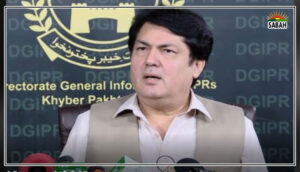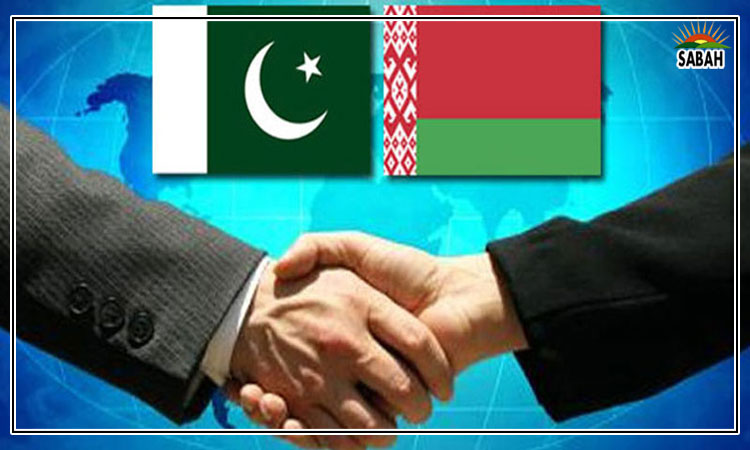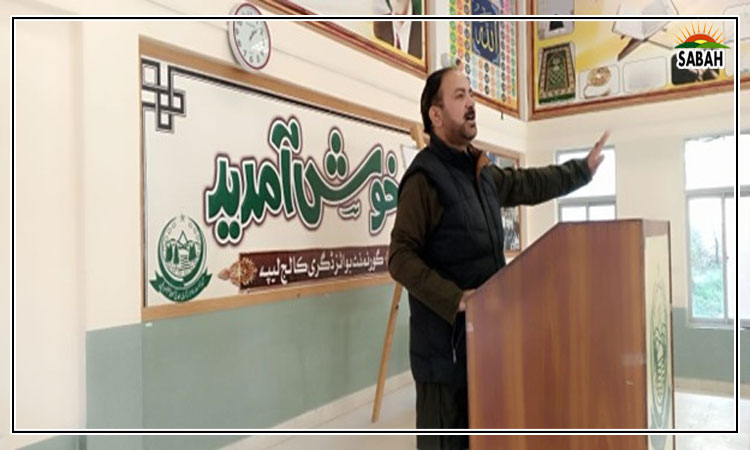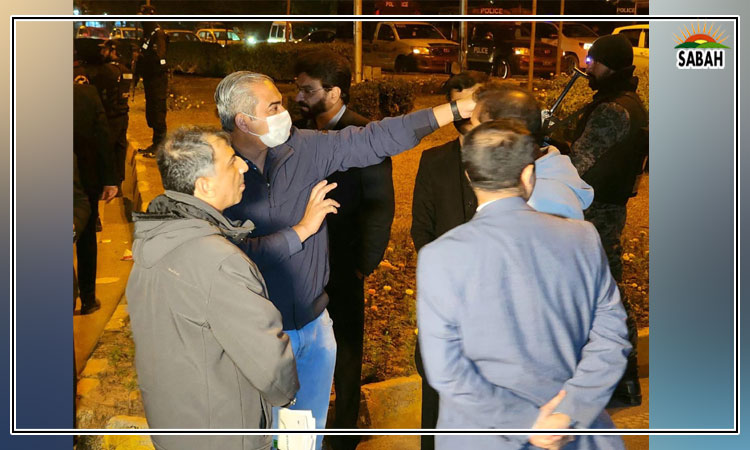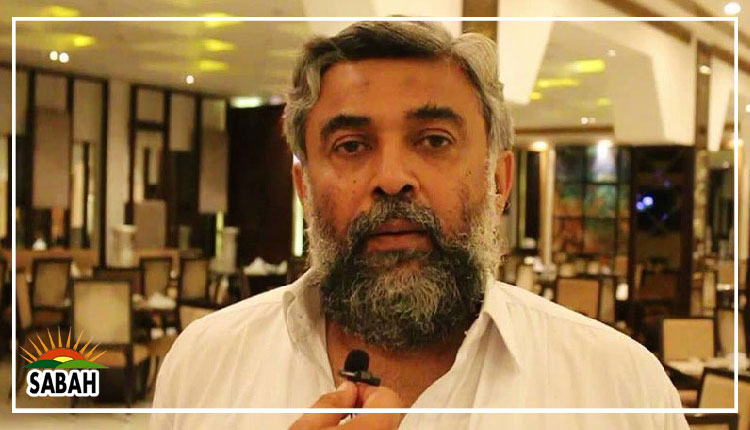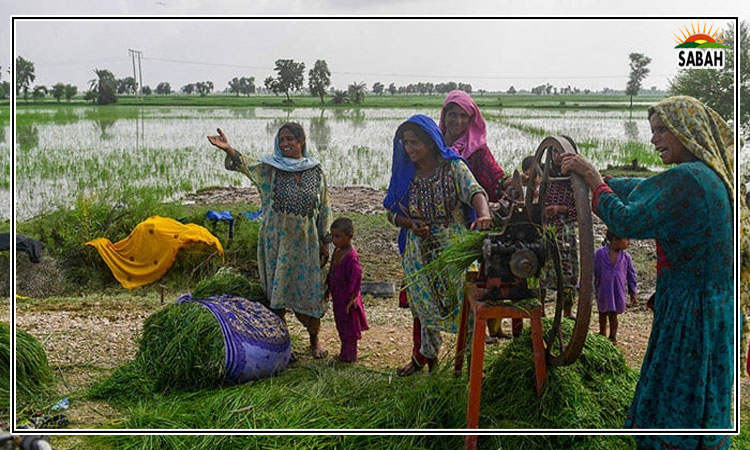Our missing climate champions…By Soha Nisar
In Pakistan, climate change isn’t just a distant concern or the subject of summits; it’s part of the reality we live every day.
As a policy analyst, I see it play out on the faces of rural women burdened with heavier, longer walks to fetch water from wells running dry. I hear it in the whispers of coastal communities worried about creeping sea levels and, in our bustling urban areas, I feel it in the increasingly scorching, unbearable summer heat. And yet, I wonder, are we overlooking a crucial part of the solution? Amidst talk of technology and infrastructure, we are sidestepping a powerful, and perhaps the most promising, climate tool of all: the empowerment of women.
With the start of COP29, the 29th Conference of the Parties, where leaders from across the globe will discuss climate strategies, we have a unique chance to bring attention to a concept that could redefine our future: climate empowerment through women empowerment.
We should not just think of empowering women as a side goal of climate action; it should be at the heart of it. Imagine a future where Pakistani women from every corner of the country stand at the forefront of climate solutions, leading local initiatives and bringing innovative ideas born from their intimate relationship with the land and community.
Here in Pakistan, climate change exacerbates existing social and gender inequalities, often hitting women the hardest. In rural regions, they are the ones ensuring their families have food and water and often bear the brunt of climate impacts on agriculture. A severe drought doesn’t just dry up the fields; it stretches their responsibilities, drains their time, and reduces their already limited access to resources.
How do we expect any meaningful adaptation to climate change while leaving half of our population out of the conversation? Women aren’t just victims of climate change; they’re also unsung champions, equipped with generational knowledge about resource management, water conservation, and sustainable agriculture. This isn’t simply anecdotal; research backs it up. When women are actively involved in community decision-making and climate resilience planning, entire communities see an increase in their adaptive capacity, sometimes by 20-25 per cent.
In my work, I have seen firsthand the transformative power of these women. Just last year, I visited a village in Punjab where women were leading a community-driven afforestation project. They weren’t just planting trees; they were reclaiming control over their environment, creating jobs, and fortifying their community against future droughts. Their understanding of the land – its cycles, its needs, its vulnerabilities – gives them a unique insight into climate solutions that we too often fail to see in the bureaucratic halls of decision-making. They didn’t wait for permission; they saw a need, took charge, and adapted. Why shouldn’t these women have a seat at the table where policies are made?
Climate empowerment through women empowerment is not just a feel-good slogan; it’s a game-changing strategy. Studies show that countries with high gender equality have better climate policies and improved environmental outcomes. Women bring a collaborative, inclusive approach that considers the nuances of resource management and sustainable practices. They prioritise community needs and think holistically, often focusing on solutions that benefit families, health, and livelihoods. Picture a Pakistan where more women have access to training in sustainable agriculture, renewable energy, or green technology – how much stronger would our communities be?
Yet, as things stand, women in Pakistan are rarely given these opportunities. They are limited not by their abilities, but by systemic barriers that deny them access to resources, education, and leadership roles. In a country that stands on the frontlines of climate impact, it’s baffling that we continue to overlook such a potent resource. Enabling women to lead in climate action would not only mitigate environmental damage but also create a ripple effect of social and economic benefits. Imagine the impact if more women-led initiatives were supported across our provinces, helping us achieve food security, water conservation, and environmental stability in one stroke.
I am often struck by how overlooked this issue is in our policy discussions. We talk about new infrastructure projects, satellite technology, and international alliances, but where are the programs aimed at training rural women in sustainable practices? Where is the funding for women-led environmental initiatives? The truth is that these conversations often happen at a level far removed from the communities that need the most help. Without inclusive, on-the-ground policies, we risk creating solutions that may work on paper but fail in practice. Empowering women isn’t an add-on to climate policy; it’s central to achieving real progress.
Take, for example, the ‘Green Belt Movement’ in Kenya, which began with women planting trees to combat deforestation. The programme didn’t just reforest degraded land; it transformed communities, giving women income opportunities and a sense of purpose. In Bangladesh, the ‘Women’s Fisheries Project’ empowers women to manage local fisheries, leading to sustainable practices and improved community livelihoods. Pakistan has every capability to replicate such initiatives. We have the willpower, the resilience, and the ingenuity among our women to launch effective projects if only we choose to empower them.
Let’s bring this perspective to COP29. We need to voice the critical role of women in climate resilience and demand policies that place them front and centre. Pakistan’s leadership should push for gender-responsive climate policies that integrate women into every stage of climate action – from planning to implementation. This means advocating for gender parity in climate discussions, demanding that international climate funds specifically allocate resources for women-led projects, and establishing training programmes that arm women with the knowledge and skills needed for sustainable environmental management.
Why does this matter so much? Because climate change is the greatest existential threat we face, and we need all hands on deck. Women, especially in Pakistan, are not just bystanders in this crisis; they are crucial allies, and in many cases, they are the most knowledgeable about their communities’ specific needs. They are capable, resilient, and innovative.
Imagine a future where a young girl in a rural Pakistani village learns not only about climate change but also about how she can help lead her community’s response. Imagine the ripple effect of having thousands of women across Pakistan equipped to handle climate challenges in their communities, from Sindh’s coastal areas to the mountainous regions of the north.
The world may be coming together at COP29, but real change starts here – at home. As we move forward, let’s commit to creating climate strategies that do more than just mitigate damage.
Let’s create strategies that uplift and empower, building resilience from the ground up, starting with the women of Pakistan. They are not merely stakeholders; they are architects of our climate future. By recognising their role, empowering their voices, and investing in their ideas, we stand a real chance at not just adapting to climate change but thriving through it.
Courtesy




